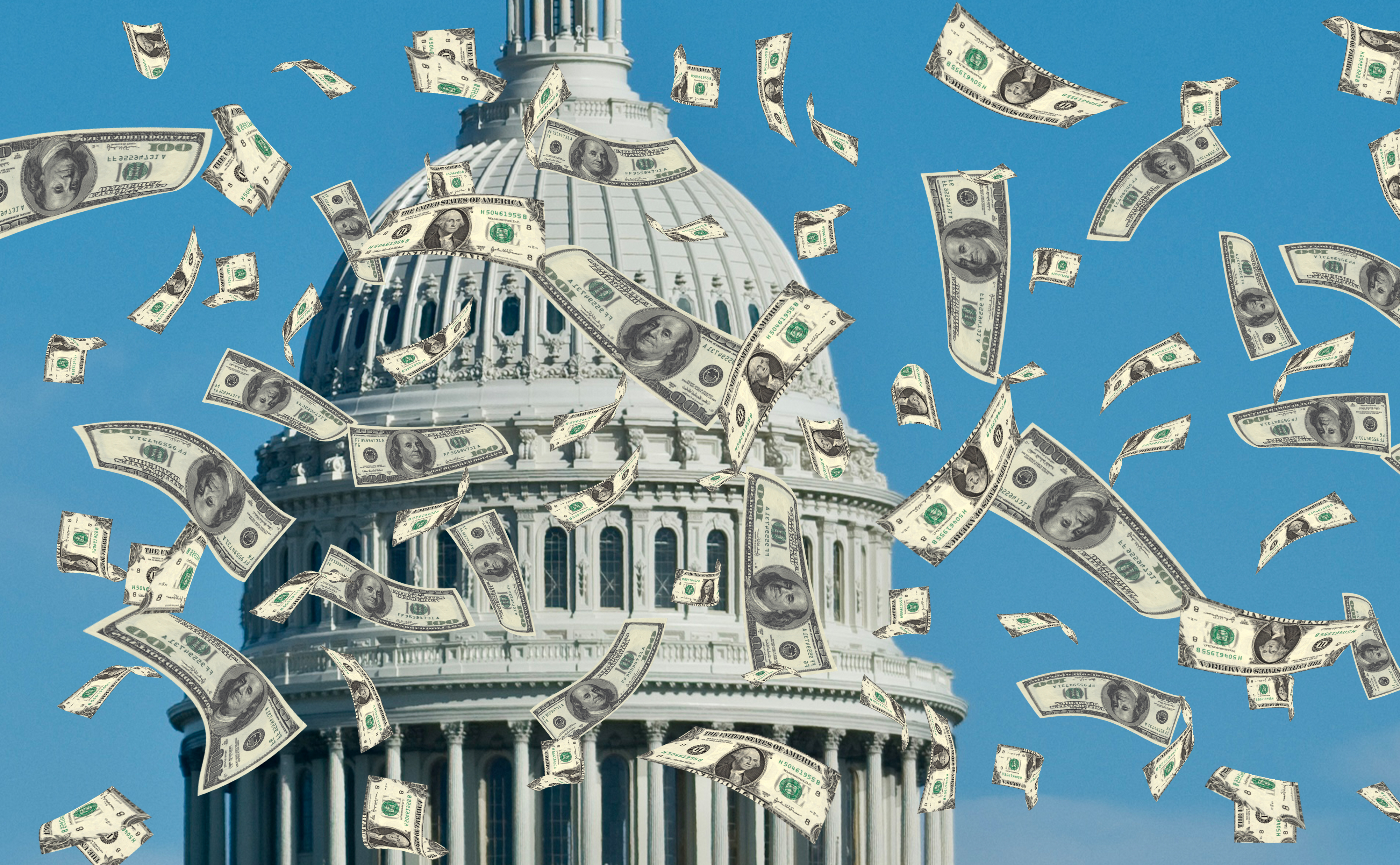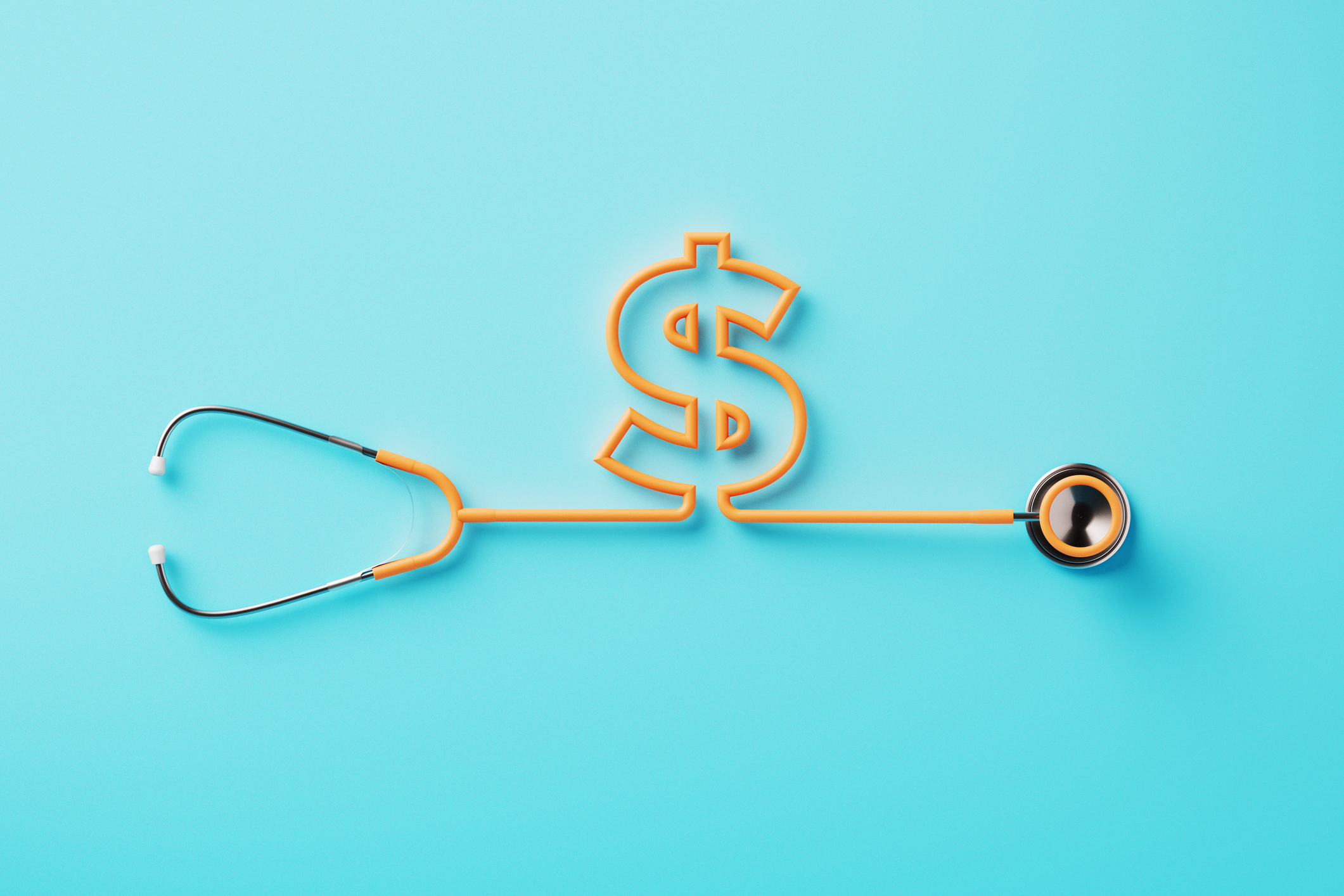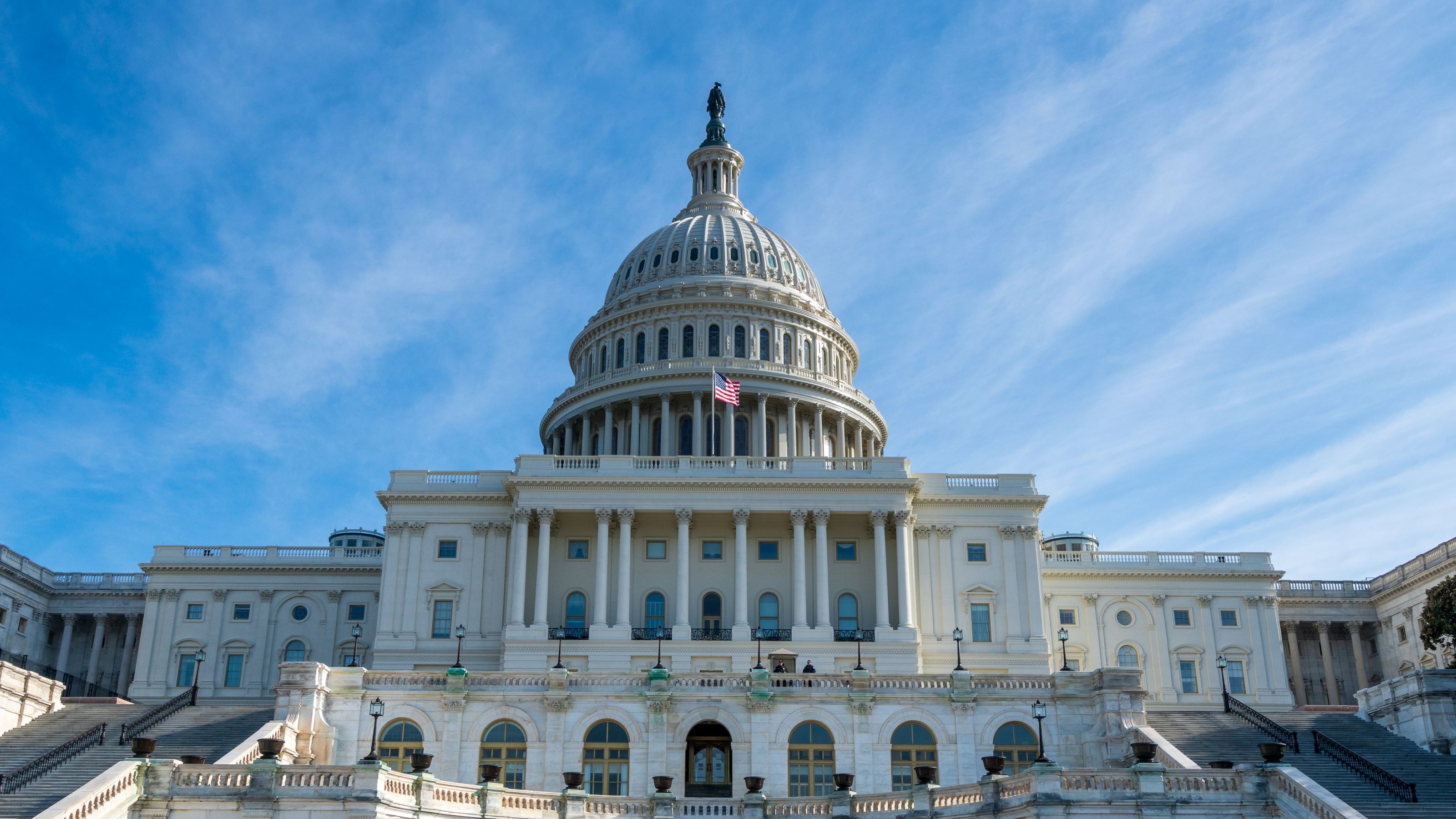Last Chance for 0% Capital Gains?
A special tax break for small investors could fall victim to tax reform next year. The final days of 2016 may be your last chance to cash in.


Attention taxpayers who fall in 10% and 15% federal tax brackets ... and that’s most of you: If you own stocks, mutual funds or other investments in a taxable account, it’s critically important to review your portfolio before the end of the year. If you have unrealized long-term capital gains – which are built-up profits on investments you have owned more than one year – selling before the markets close on December 30 could wipe out the tax bill on those gains.
If you miss the deadline, the tax-free deal could disappear if President-elect Trump and the Republican-led Congress enact the plan that is currently at the heart of the tax-reform debate.
Under current law, long-term gains get gentle treatment. While wages can be taxed at a rate as high as 39.6% and interest and short-term gains can be hit even harder (with the IRS taking up to 43.4%), the rate on long-term gains tops out at 23.4%. And, more to the point here, taxpayers in the 10% and 15% brackets pay the sweetest tax rate of all – 0% – on their long-term profits.
From just $107.88 $24.99 for Kiplinger Personal Finance
Become a smarter, better informed investor. Subscribe from just $107.88 $24.99, plus get up to 4 Special Issues

Sign up for Kiplinger’s Free Newsletters
Profit and prosper with the best of expert advice on investing, taxes, retirement, personal finance and more - straight to your e-mail.
Profit and prosper with the best of expert advice - straight to your e-mail.
President-elect Trump has said he’d like to keep taxation of capital gains as it is now, but as he’s added details to his plans he’s increasingly supportive of a package proposed by House Ways and Means Chairman Kevin Brady. Among other things, that plan collapses the current seven-bracket system (with a low of 10% and a high of 39.6%) down to three: 12%, 25% and 33%.
But there’s no 0% gain for anybody. Instead, for all taxpayers, 50% of long-term gains would be ignored when toting up taxable income. That would effectively cut the rate on long-term gains in half: to 16.5% at the top, 6% at the bottom.
Six percent ain’t bad ... but it’s a lot more than today’s 0%.
Still time to act
If you qualify for the 0% rate and sell by December 30 (the markets are closed on New Year’s Eve because it’s a Saturday), you can make sure you lock in this break, regardless of what happens with tax reform next year.
So, who qualifies? That depends on your taxable income. If it is below the top of the 15% bracket for your filing status, the door is open for 0% gains.
For singles, the 15% bracket tops out at $37,650. For marrieds, the cap is twice that amount, $75,300. Remember, taxable income is income after subtracting exemptions and deductions. That means the total income ceiling for singles is at least $44,350 and, for marrieds, it’s $96,000. The total income levels are even higher for those who itemize deductions and for taxpayers age 65 and older.
Here’s how it works. Let’s say a married couple will have taxable income of $60,000 for 2016. Since that’s $15,300 less than the top of their 15% bracket, they could realize as much as $15,300 in long-term gains before the end of the year without adding one penny to their tax bill.
It can make sense to sell to lock in the 0% rate even if you want to hold on to the stock, say, or mutual fund. You can buy the shares back and reset your tax basis at the current value. That means only appreciation from this point forward could be taxed. (There is no “wash sale” rule when it comes to selling profitable investments. That rule, which denies deduction of a loss if you buy back the same or substantially similar investment within 30 days, applies only to sales for a loss.) If a year-end sale pushes your taxable income above the top of the 15% bracket, gain that falls in the 25% bracket would be taxed at 15%.
A few caveats
Although the 0% rate can apply to long-term gains, the amount will still show up in your adjusted gross income, which could result in increasing the amount of Social Security benefits subject to tax or, in rare cases, reducing deductions such as the medical and miscellaneous expense write-offs, which are subject to income thresholds. Also, the gains taxed at 0% by the feds will be taxed by your state if it has an income tax.
Profit and prosper with the best of Kiplinger's advice on investing, taxes, retirement, personal finance and much more. Delivered daily. Enter your email in the box and click Sign Me Up.

-
 What to Do If You Plan to Make Catch-Up Contributions in 2026
What to Do If You Plan to Make Catch-Up Contributions in 2026Under new rules, you may lose an up-front deduction but gain tax-free income once you retire.
-
 If You'd Put $1,000 Into Lowe's Stock 20 Years Ago, Here's What You'd Have Today
If You'd Put $1,000 Into Lowe's Stock 20 Years Ago, Here's What You'd Have TodayLowe's stock has delivered disappointing returns recently, but it's been a great holding for truly patient investors.
-
 How to Max Out Your 401(k) in 2026 (New Limits are Higher)
How to Max Out Your 401(k) in 2026 (New Limits are Higher)In 2026, the maximum contribution limits for 401(k) plans have increased, giving you an excellent shot at maximizing your retirement savings.
-
 3 Major Changes to the Charitable Deduction for 2026
3 Major Changes to the Charitable Deduction for 2026Tax Breaks About 144 million Americans might qualify for the 2026 universal charity deduction, while high earners face new IRS limits. Here's what to know.
-
 Retirees in These 7 States Could Pay Less Property Taxes Next Year
Retirees in These 7 States Could Pay Less Property Taxes Next YearState Taxes Retirement property tax bills could be up to 65% cheaper for some older adults in 2026. Do you qualify?
-
 Estate Tax Quiz: Can You Pass the Test on the 40% Federal Rate?
Estate Tax Quiz: Can You Pass the Test on the 40% Federal Rate?Quiz How well do you know the new 2026 IRS rules for wealth transfer and the specific tax brackets that affect your heirs? Let's find out!
-
 5 Types of Gifts the IRS Won’t Tax: Even If They’re Big
5 Types of Gifts the IRS Won’t Tax: Even If They’re BigGift Tax Several categories of gifts don’t count toward annual gift tax limits. Here's what you need to know.
-
 The 'Scrooge' Strategy: How to Turn Your Old Junk Into a Tax Deduction
The 'Scrooge' Strategy: How to Turn Your Old Junk Into a Tax DeductionTax Deductions We break down the IRS rules for non-cash charitable contributions. Plus, here's a handy checklist before you donate to charity this year.
-
 Tax Refund Alert: House GOP Predicts 'Average' $1,000 Payouts in 2026
Tax Refund Alert: House GOP Predicts 'Average' $1,000 Payouts in 2026Tax Refunds Here's how the IRS tax refund outlook for 2026 is changing and what steps you can take now to prepare.
-
 New IRS Changes to FSA Contribution Limits for 2026: What to Know
New IRS Changes to FSA Contribution Limits for 2026: What to KnowHealth Care Flexible Spending Accounts have tax advantages worth looking into, especially in light of new IRS changes.
-
 Is a New $25,000 Health Care Tax Deduction Coming in 2026?
Is a New $25,000 Health Care Tax Deduction Coming in 2026?Tax Policy A proposal from GOP Sen. Josh Hawley adds to the chatter about health care affordability.